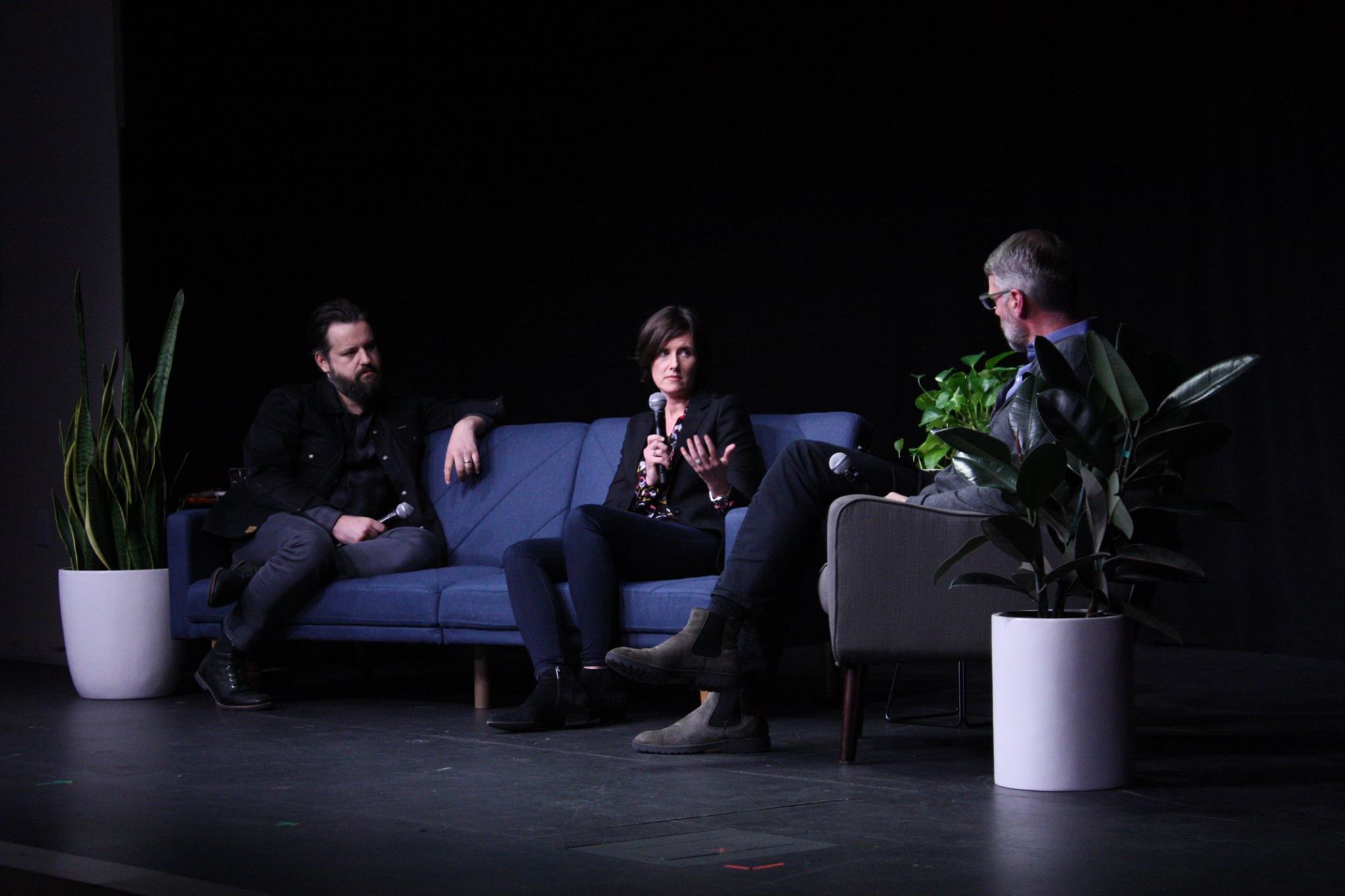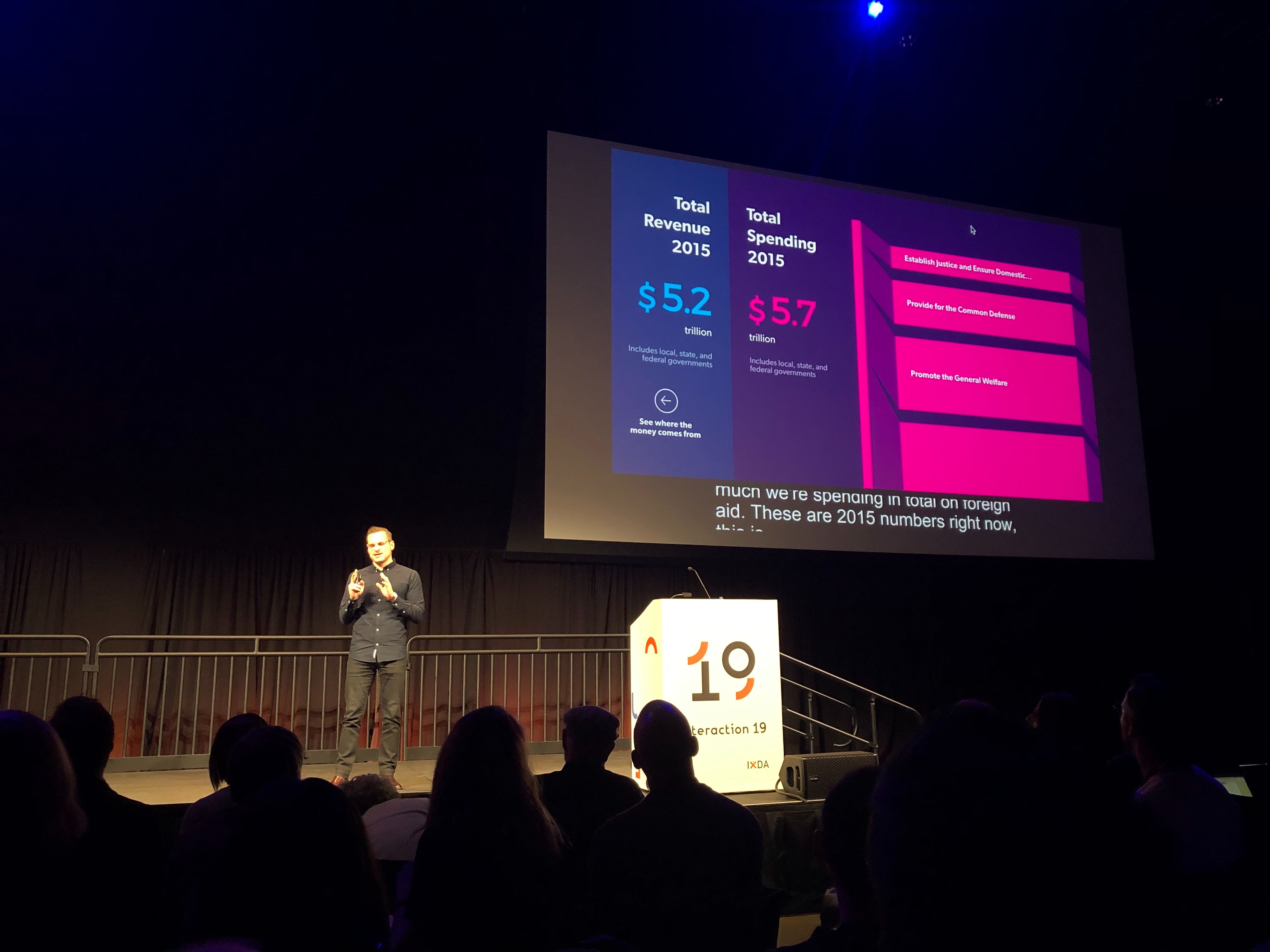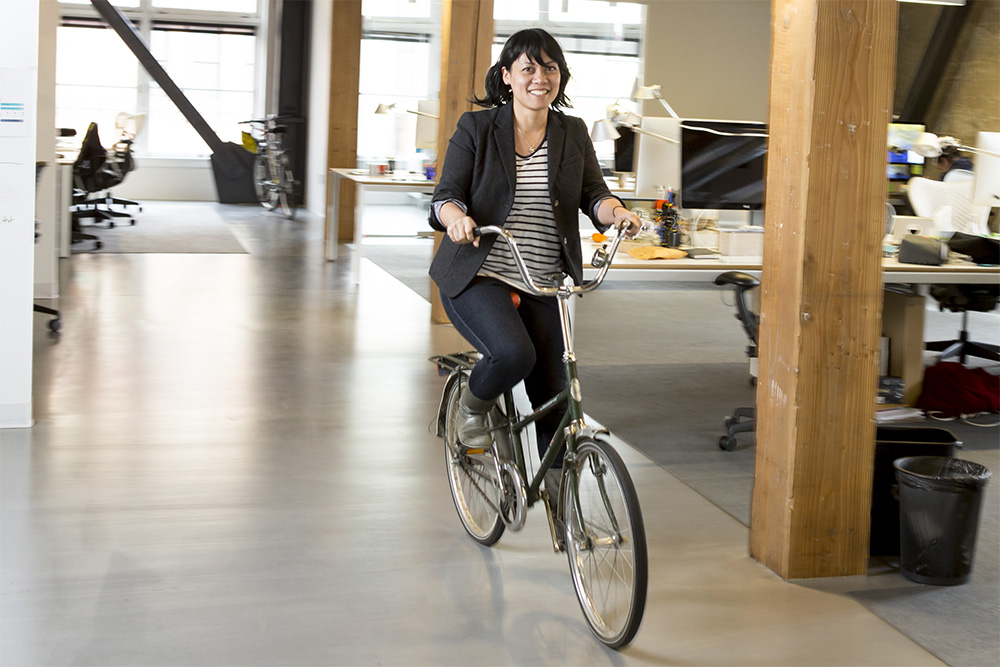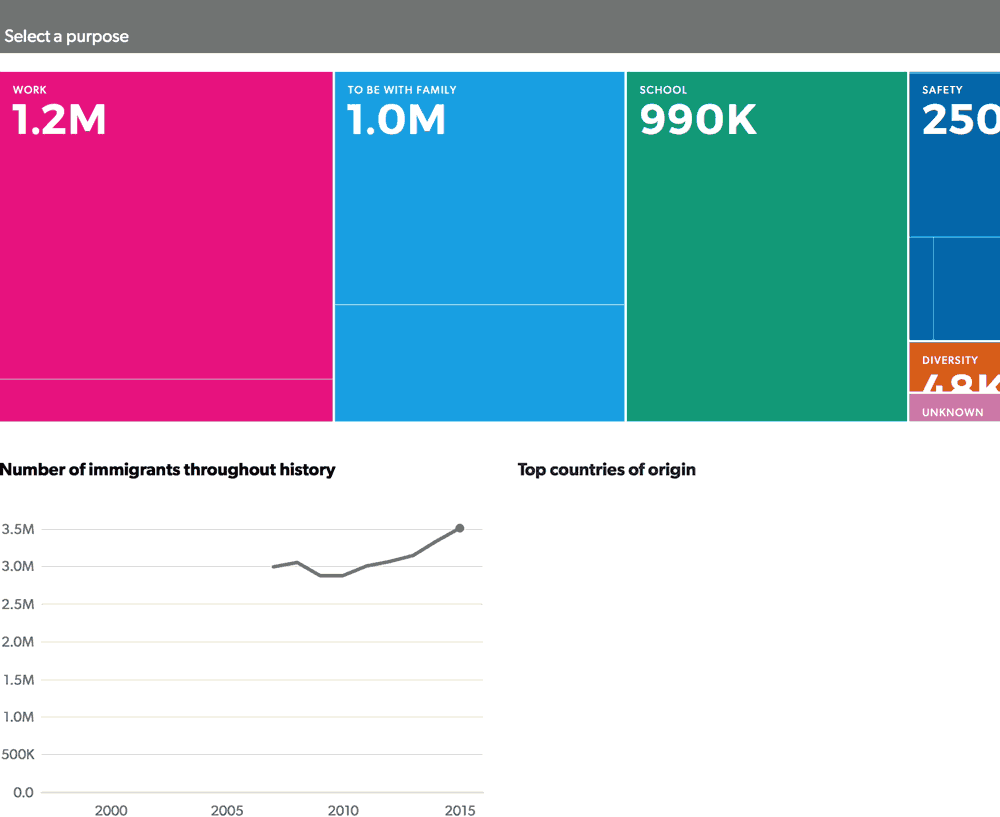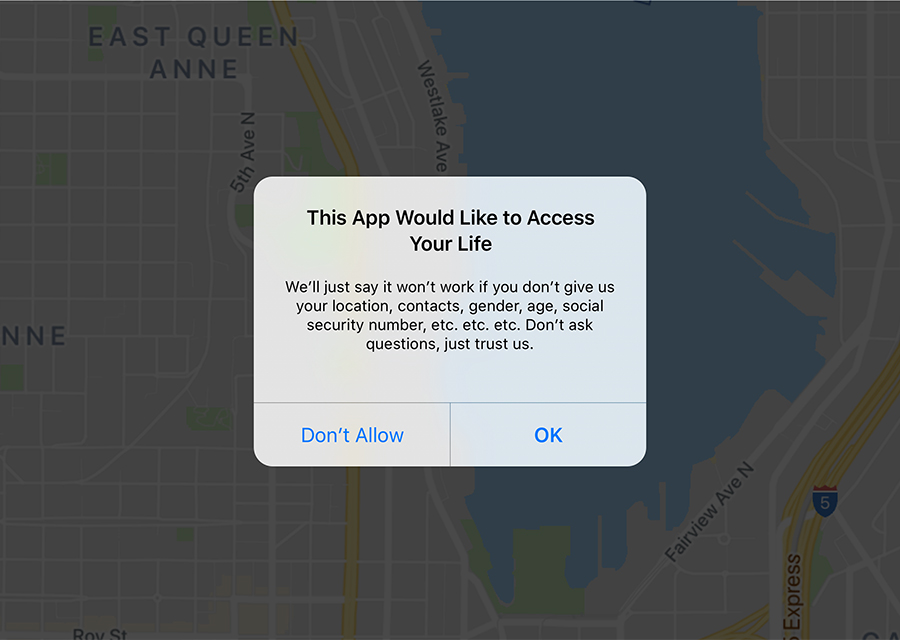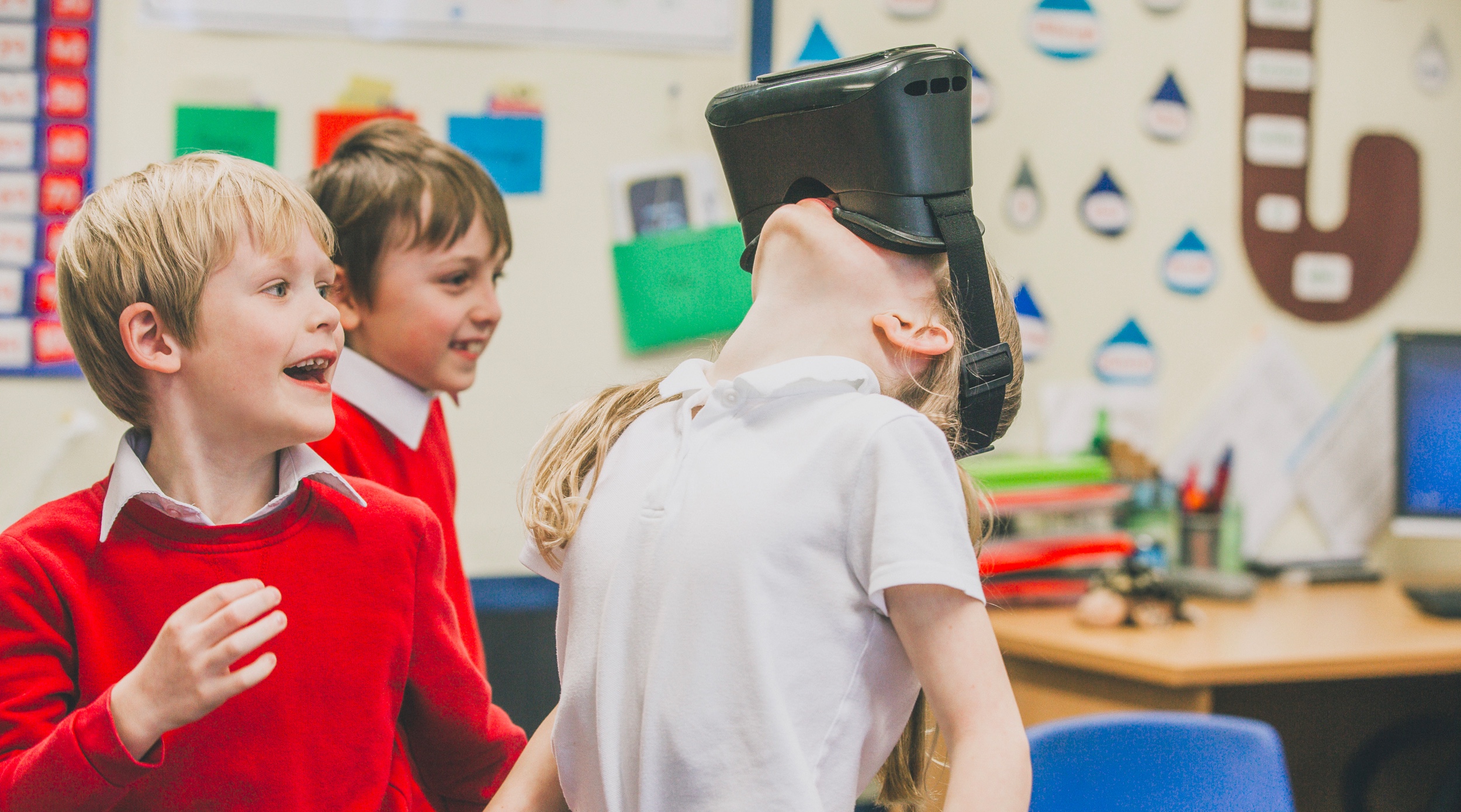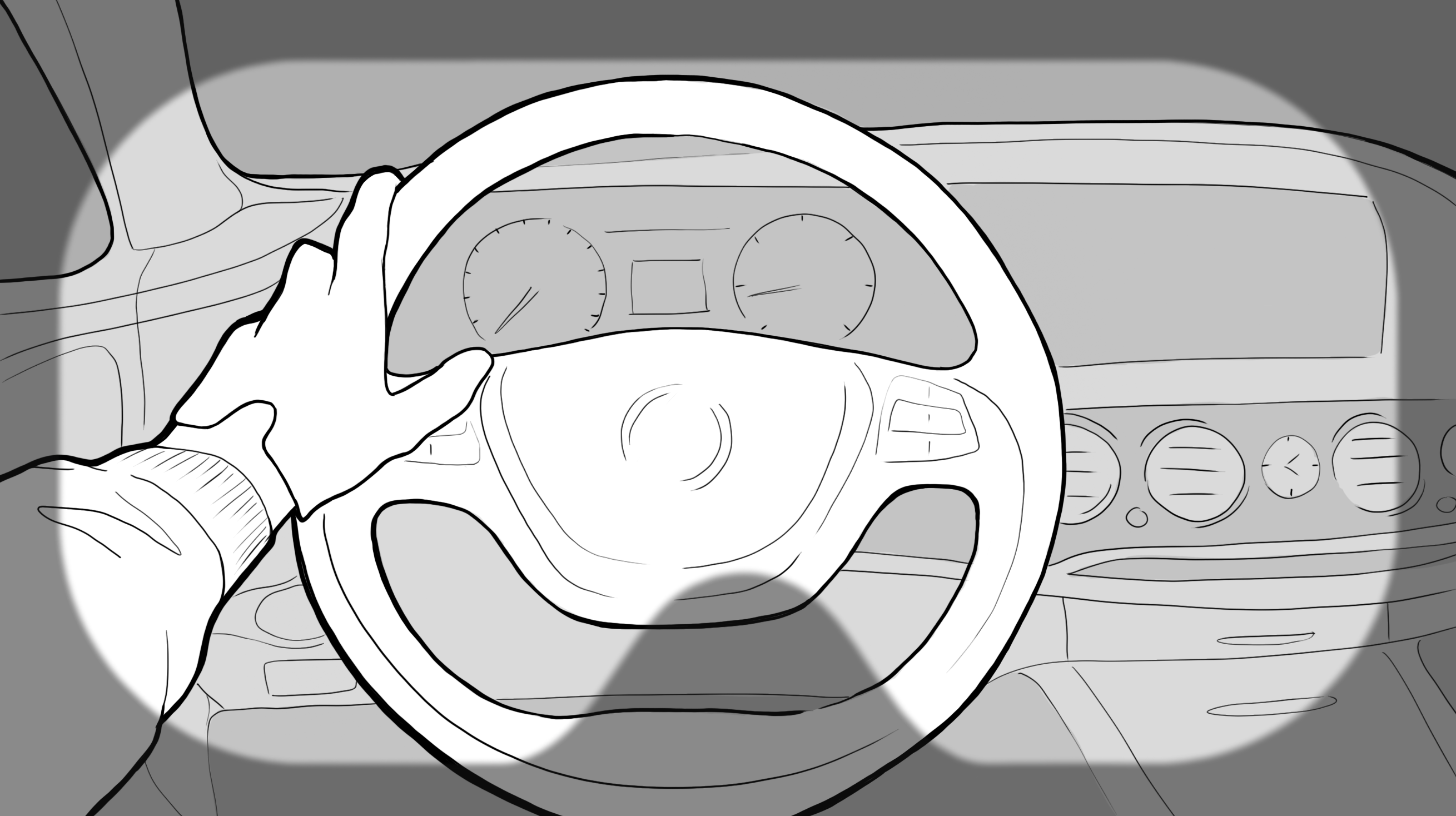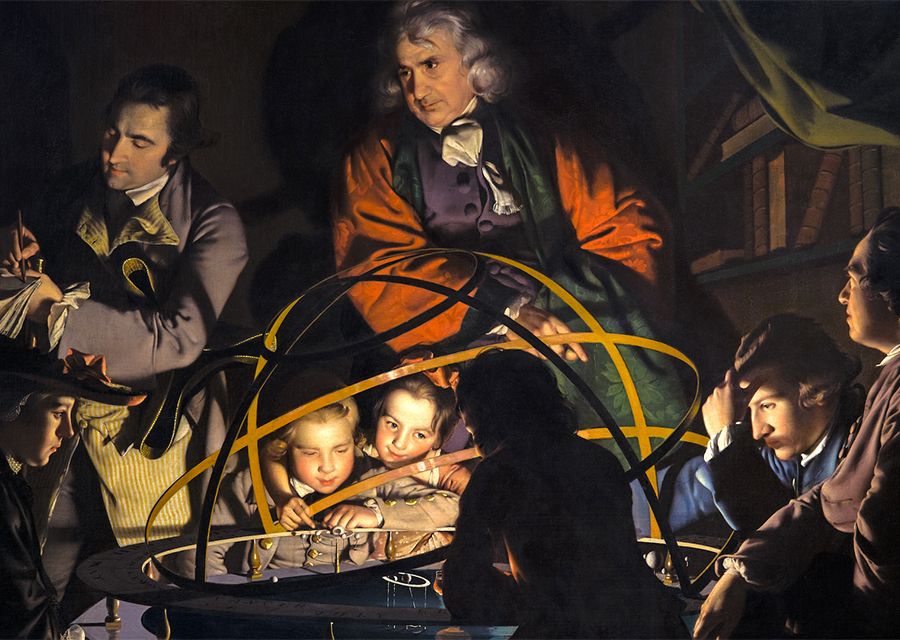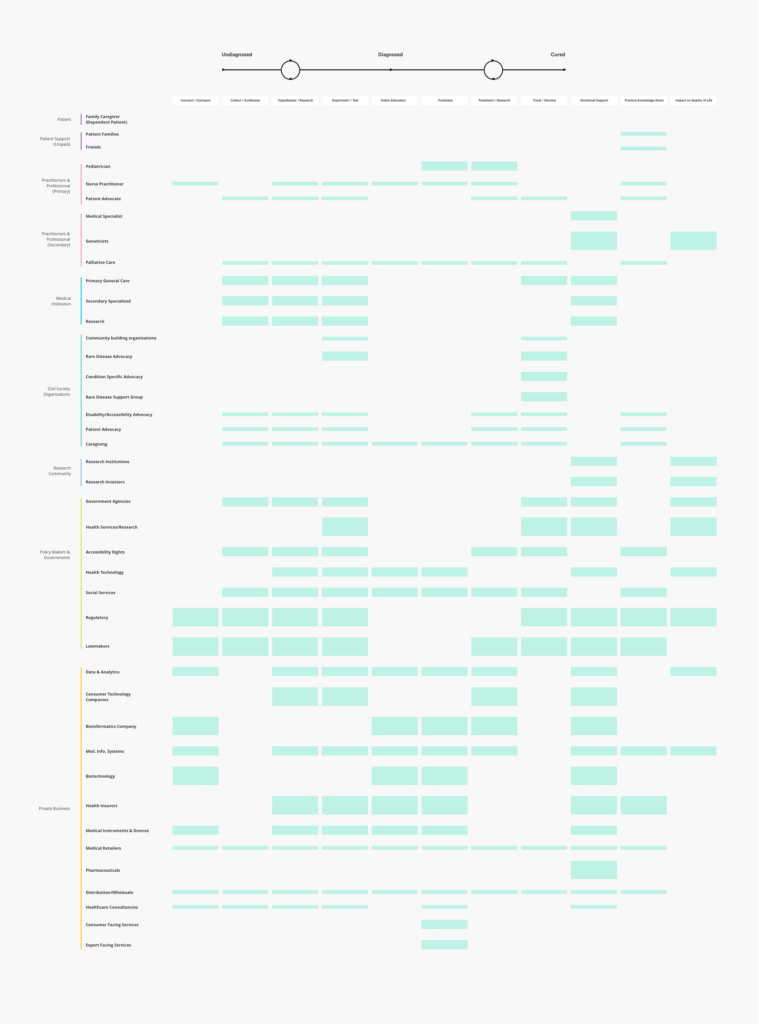Technology
The Mirrorworld Bill of Rights

The Metaverse. The AR cloud. The Magicverse. Mirrorworld. Whatever you call it, the concept is coming: a digital layer of reality that coexists over the physical world. It’s been hailed as a new frontier in computing and the “next great digital platform,” according to WIRED. It may not be tangible at the moment, but 10 years from now this digital layer – I’ll call it the AR cloud – will be a fundamental piece of the computing landscape.
Despite all the potential of the AR cloud, such a radical shift in the human computing experience presents a very real possibility for negative consequences or even abuse. We’ve experienced firsthand how technology platforms can shift society in unintended ways, and it is our responsibility as designers and technologists to create the AR cloud responsibly.
This got me thinking about what a Mirrorworld “Bill of Rights” would look like, and what protections people should have in the AR cloud. A disclaimer: these aren’t legal or political statements, but food for thought around a shared understanding of reality, privacy, ownership, and freedom. I hope these “rights” inspire conversation around how a future AR world can impact people and communities.
The Mirrorworld Bill of Rights:
1. One Reality for All
2. A World Public by Default
3. The Right to Digital Property
4. Freedom to Assemble
1. One Reality for All
Augmented reality will eventually be our only reality. The technology each person chooses to put on will mediate our consciousness and understanding of the world. Today, our screen-based digital services have already created filter bubbles that have ruptured a mutual understanding of fact and fiction. A shared, public reality between different AR systems must be the default experience.
AR is inherently private. Two people standing side by side cannot see each other’s content or activity. Without the ability to read the social cues that help us understand each other in the physical world, this uncertainty leads to miscommunication, social anxiety, and the “glasshole” effect. What’s more, companies making AR products have a track record of creating walled gardens that don’t allow sharing between platforms. Unless a bridge is engineered between competing devices, it would be impossible to share an experience in AR. People already hide behind cell phones, but at least you can easily look up or show the person next to you that cute dog photo. In AR, that’s impossible.
The AR cloud needs a simple, standard method for sharing experiences between devices that any headset can leverage. If sharing in AR requires effort or is harder than holding up a phone to someone next to you, it will train people not to engage. What if the AR world was shared by everyone using it? Think of it as a single massive multiplayer online game in the real world where everyone is playing together.
One reality for all doesn’t mean that two people next to each other would always see the same things. I love what sci-fi novelist and Magic Leap Chief Futurist Neal Stephenson proposed for the MagicVerse: layers you can turn on and off depending on task and mode. Perhaps there will be a public layer, a transportation layer, a learning layer, an Uber layer, a social layer, a private layer, etc.
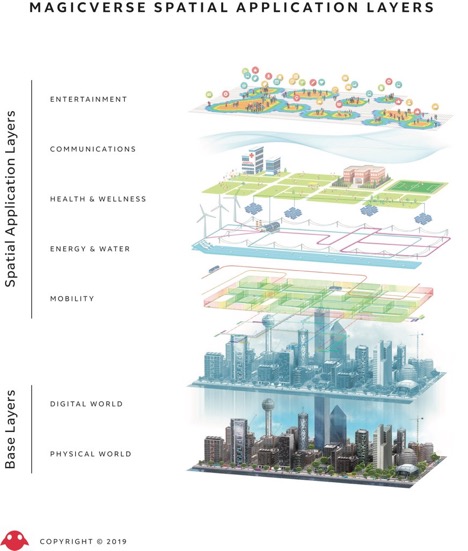
2. A World Public by Default
A single, shared AR world is important, but in order to connect and engage, we need to know how to act in this new medium. The AR cloud shifts the boundaries of physical possibility and allows for behavior in ways that can be disorienting and suspicious. In order to have a shared understanding of social and behavioral norms, we need an AR world that is public by default.
What does this mean? Take privacy, for example. Everybody wants to protect their privacy but interacting with invisible content or blocking people without their knowledge in the AR cloud creates divisive behavioral norms beyond what is possible in the existing, physical world. An AR world that is public by default doesn’t mean our actions in AR are always visible, but that we publicly signal to others that we want privacy in the moment – just like in the physical world. How do we do that? Meta AR suggests that users “design their own privacy within the rules of the shared space, not by breaking them.” This could mean using a virtual door or walls to signal that a private work session is in progress. This door could suggest the social cue to knock and join the private meeting. Using Torch’s iOS AR prototyping tool I mocked up this quick scenario to get a feel for privacy boundaries.
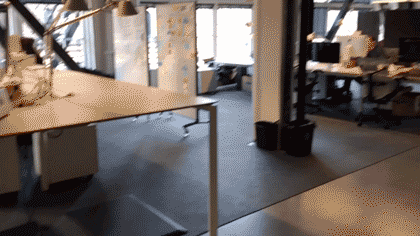
Now let’s imagine you’re in the park and see someone walk by in a different AR layer than you. Your AR glasses let you know that they are in a “Pokemon layer.” You don’t need to see exactly what they are doing, but their activity status might reduce your suspicion and be an invitation to connect. You choose to join them, and their layer expands to surround you as well. Now you can see what Pokemon they are battling and choose to challenge them when they finish.
Privacy veils and AR layers are not foolproof. What happens if they are overused or if a group uses them to spitefully exclude others? My guess is that existing social norms would dissuade this kind of behavior, but we can’t know for sure until people engage together in AR. Who will lead the charge on creating this open framework? Magic Leap? The W3C Immersive Web Group? Microsoft and their new open philosophy? There isn’t a solution yet, but the conversations are happening and companies like 6D.ai are starting to create the technical layers required. The bottom line is, it’s important that people can exist inside the AR cloud together and share the same experiences.
3. The Right to Digital Property
In order to create persistent and shared experiences, the AR Cloud requires maintaining a highly detailed 3D model of the world and everything in it. This will be created by cameras on the AR headsets we might all be wearing. Ubiquitous cameras and centralized control of the network have the all the ingredients for the ultimate surveillance state. We must protect the right to privacy and digital property in AR environments.
One idea is to apply the 4th amendment to the AR Cloud so that no government, individual, or corporation has the right to search the interior 3D model of your dwelling, workplace, audio, user location, and property without a warrant. If you own or lease the physical space, you should own the digital space as well.
How might that work? Instead of companies like Facebook, Amazon, Google, and Microsoft storing 3D maps of our homes and businesses, imagine if each home and business hosted their own device that stored this data. These edge computing devices would give individuals complete control over the data of their digital space. This personal data vault could also store 3D digital memories recorded in our private spaces, so you can replay that important meeting, baby’s first steps, or that winning ping-pong point.
In order to prevent surveillance and spamming of private spaces, we would need a public property ownership record. Organizations like Bitland are already making headway in decentralizing ownership records using blockchain. A record of private and public lands would protect private spaces while enabling a shared common space.
4. Freedom to Assemble
Public spaces like parks, streets, and airspace are equally important in the AR cloud. Should cities, counties, and countries maintain public AR spaces like they do public physical spaces? We’re a long way from an answer to these questions, but until then, creators and technologists will need to rely on good defaults to set the norm. We can start by drawing from the First Amendment: people must have the right to peaceably assemble in AR public spaces, regardless of borders.
This is exciting because AR makes public spaces more valuable and brings more people together in new ways. This physical and digital commons could be a bridge between different nationalities, cultures, and identity groups, helping us learn new things and gain new perspectives. People could travel around the world in an instant, “land” in a location, see others walking on the street in real time, and go have a conversation with them. Real-time translation could even allow you to talk with people who speak a different language.
It can also give people access to public spaces that would otherwise be impossible for them. For example, I could go on a walk in the park with my wheelchair-bound father or my family living in different city. I could play Fortnight in Central Park with my remote friends. I could even dogfight in and around the Eiffel Tower.
Freedom to assemble applies to private spaces as well. My kids and I could build out a physical Fortnight level in the backyard using wood, dirt, and bricks. Once it’s constructed and scanned, we could share out that particular part of the yard publicly and invite players from around the world to play.
Moving forward
We’re only starting to understand the scope, complexity, and possibilities of the AR cloud, and the rules are still being set. I hope we can create a world that bridges the gaps between people, rather than simply strengthening the bonds we already have. Let’s create a world that promotes the ability to think for ourselves. A world where individuals have control and ownership over the reality they live in. A world where the public commons are a safe place where anyone can travel to learn, discuss, and play together.
I believe these “rights” are on the correct track, but they are thought experiments in an evolving medium. I don’t have it all figured out and would love to discuss further on Twitter @paulhoover.
